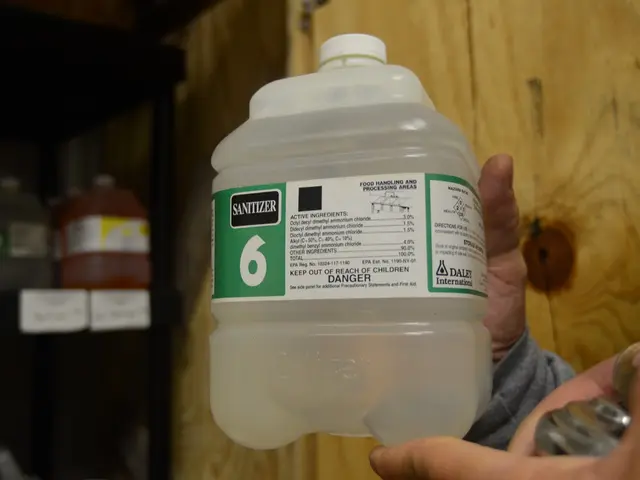Rheumatica Polymyalgia: Origins, Signs, and Identification Methods
In a nutshell, Polymyalgia Rheumatica (PMR) and Giant Cell Arteritis (GCA) are inflammatory conditions occurring mainly in the elderly, particularly women.
PMR brings about severe muscle pain and stiffness, predominantly in the shoulders, upper arms, neck, and hips. Mornings might be a struggle as stiffness tends to worsen after rest, making tasks like getting up from bed or combing hair challenging. Additionally, flu-like symptoms like low-grade fever, weakness, weight loss, and loss of appetite might be present, and symptoms tend to crop up suddenly over a few days rather than months.
GCA, on the other hand, causes headaches, often centered on the temporal region, scalp tenderness, and jaw pain when chewing. Vision disturbances such as double vision and potential vision loss are also possible indicators of GCA. This condition can lead to serious complications such as blindness and aortic aneurysms if left untreated, making it a medical emergency.
The cause of these conditions isn't definitively known, but they are autoimmune-related, and genetic factors might be involved. The aging process may also play a part, with these conditions being more common in the elderly. Interestingly, PMR and GCA often occur together, with around 10-20% of PMR patients developing GCA.
Diagnosis of PMR hinges on clinical symptoms and lab results showing elevated inflammatory markers, while GCA diagnostics may involve locating cranial symptoms and confirming with a temporal artery biopsy or ultrasound. Imaging and biopsy are essential for differentiating PMR and GCA and guiding treatment.
Both conditions respond well to corticosteroids. PMR symptoms usually improve swiftly with low to moderate doses of steroids, while GCA requires prompt and often higher-dose corticosteroid therapy to prevent severe consequences. Regular monitoring is crucial, as vascular ultrasound might be used to assess disease activity, especially in patients with overlapping PMR and GCA.
- Polymyalgia Rheumatica (PMR) and Giant Cell Arthritis (GCA) are common in seniors, particularly women, and they are associated with other autoimmune disorders.
- The immune system plays a significant role in these inflammatory conditions, making seniors more susceptible to chronic diseases like PMR and GCA.
- Science continues to unravel the complexities of these conditions, and research suggests that genetics, aging, and other factors may contribute to their development.
- A healthy lifestyle, including fitness and exercise, can help manage symptoms of PMR and GCA, enhancing overall health and wellness.
- While PMR primarily affects muscles, it can also impact sleep patterns, making it challenging for seniors to rest comfortably at night.
- Workplace wellness programs can assist seniors with PMR, promoting flexibility and reducing strain on affected muscles, thereby improving productivity.
- Canceling appointments due to fatigue or discomfort is common among seniors with PMR and GCA, but regular medical check-ups are crucial for managing these medical conditions.
- PMR and GCA can co-exist with other chronic diseases like cancer, respiratory conditions, digestive health issues, eye health problems, and hearing difficulties.
- It is essential to manage PMR and GCA to prevent complications and maintain eye-health, skin-care, mental-health, and neurological disorders.
- Men's health can be affected as well, with these autoimmune disorders causing issues like sexual health problems and skin conditions.
- Therapies and treatments like relaxation techniques, physical therapy, and counseling can help seniors cope with the physical and emotional challenges posed by PMR and GCA.
- Women's health can be impacted, with PMR and GCA potentially affecting reproductive health, weight management, and parenting capabilities.
- Cardiovascular health is of paramount importance for seniors with PMR and GCA, as these conditions may aggravate existing cardiovascular issues.
- Medicare coverage can help seniors afford necessary treatments, medications, and medical devices for managing PMR and GCA.
- CBD oil has shown promise in managing symptoms of autoimmune disorders like PMR and GCA, although further research is required to confirm its effectiveness.
- Regular health check-ups, adherence to medication, and a balanced lifestyle can help manage the symptoms of PMR and GCA and promote better aging for seniors.








